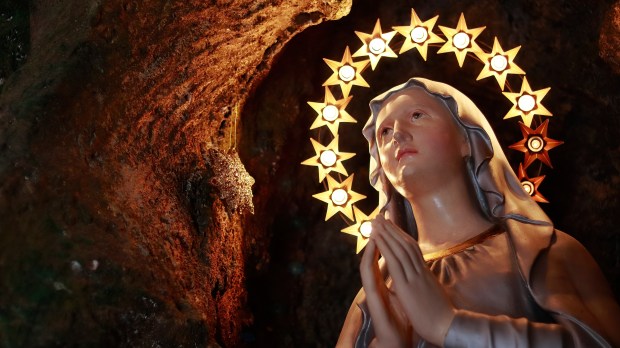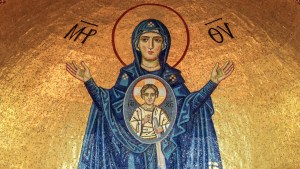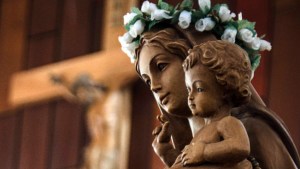While Pope Francis is the pope who instituted the memorial of Mary, Mother of the Church, it was St. Paul VI who affirmed this title at the end of the Second Vatican Council.
This title can be traced back to the 4th century in the writings of St. Ambrose and can be found in various other writings over the years, especially in the 19th and early 20th centuries.
St. Paul VI made it a point to specifically mention this title at the end of the Second Vatican Council, explaining that bishops, priests and laity were asking him to affirm this ancient title.
By rethinking these close relationships with which Mary and the Church are connected, which are so clearly set out in this Constitution of the Council, they lead us to believe that this moment is the most solemn and the most appropriate to fulfill the vow we have mentioned in end of the last Session and which many Fathers have also made their own, asking us with insistence that during this Council the maternal mission that the Blessed Virgin Mary fulfills in the Christian people be declared in explicit terms. For this reason it seems necessary to us that in this public session we officially enunciate a title with which the Blessed Virgin Mary is honored, which has been requested by various parts of the Catholic world and is particularly dear and appreciated to us.
St. Paul VI then made an official proclamation of this title, affirming its place in the life of the Church.
[W]e proclaim the Most Blessed Mary Mother of the Church, that is to say of all the people of God, of the faithful as well as of the pastors, who call her the most loving Mother. And we wish that the Mother of God should be still more honored and invoked by the entire Christian people by this most sweet title.
He explains how this title affirms that she who is Mother of God, is also our Mother.
It is therefore with a soul full of trust and filial love that we raise our glance to her, despite our unworthiness and weakness. She, who has given us in Jesus the fountainhead of grace, will not fail to succour the Church, now flourishing through the abundance of the gifts of the Holy Spirit and setting herself with new zeal to the fulfillment of its mission of salvation.
Mary is our heavenly mother and this title emphasizes this connection, assuring us that we were are not orphans, but sons and daughters of God and the Virgin Mary.



